https://www.youtube.com/watch?v=VsCtMbVWo_w
Introduction – Defining a Whistling Sound
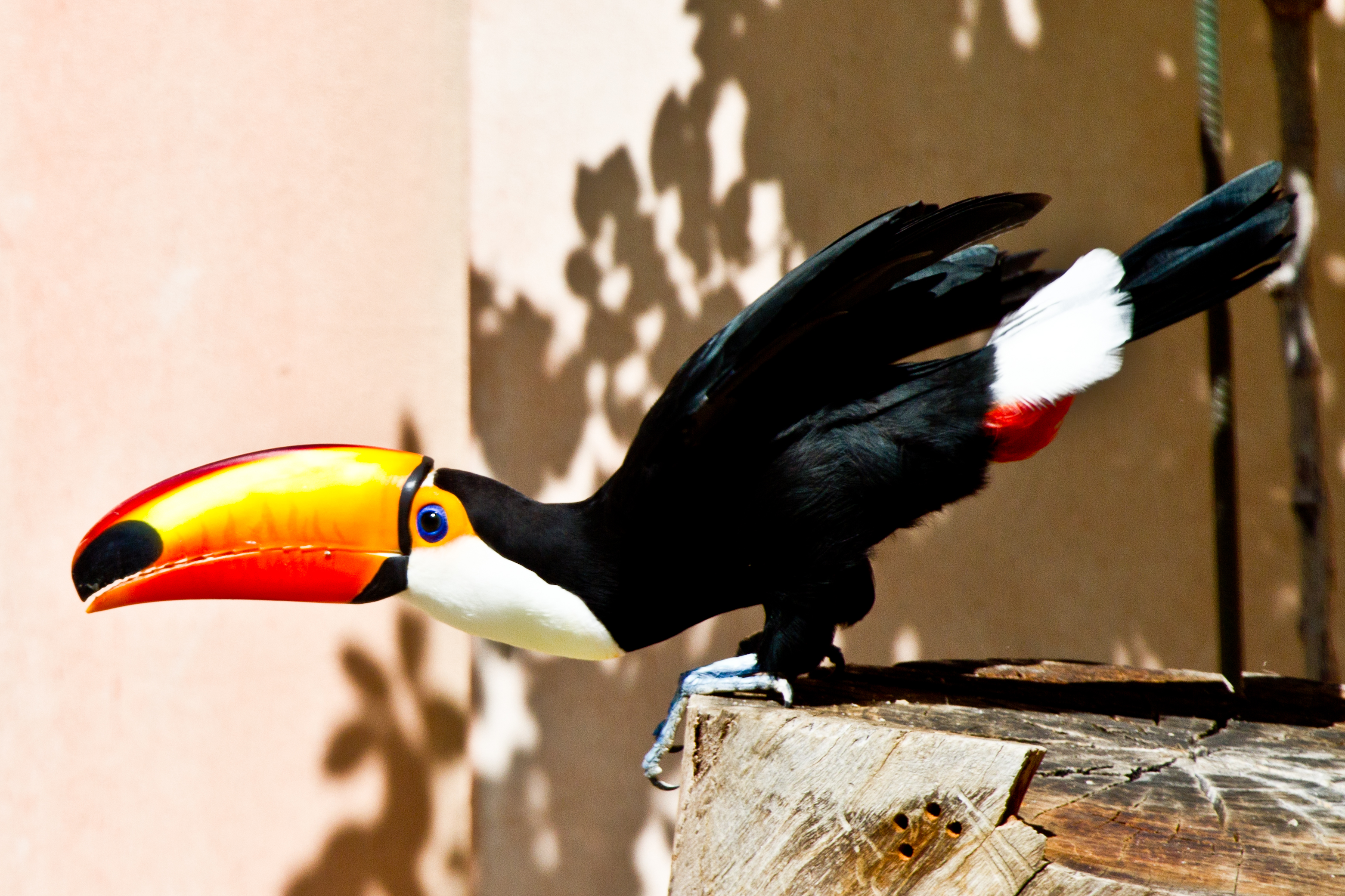
A whistling sound is a high-pitched, melodious or shrill tone that closely resembles human whistling. It can be produced by various sources in nature, including birds, and is often heard in different environments such as forests, wetlands, and urban areas.
Birds are well-known for their ability to produce a wide range of vocalizations, including whistling sounds. These avian whistles serve purposes like communication, attracting mates, and establishing territory. Male birds use whistling sounds to attract potential mates during the breeding season, showcasing their fitness and genetic quality. Whistling sounds also function as territorial calls, indicating ownership of an area and warning other birds to stay away.
In this article, we will explore the fascinating world of whistling birds, including common and rare species that produce whistling sounds. We will discuss techniques for identifying whistling birds, such as careful listening, observation of visual clues, and species-specific research.
Join us on this journey to gain a deeper understanding of the enchanting whistling sounds that emanate from the avian realm and discover the diverse array of birds that contribute to this delightful auditory experience.
Resources
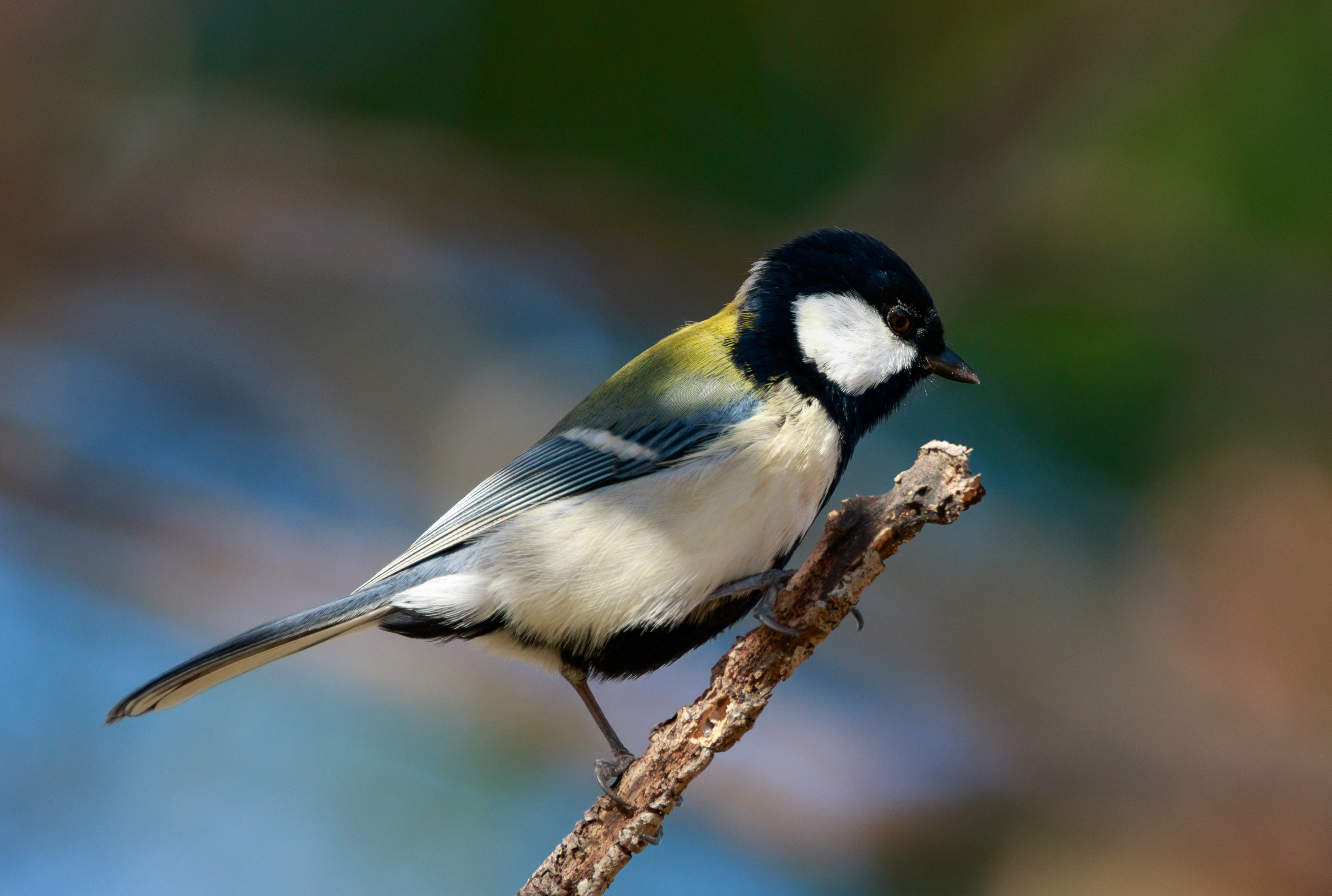

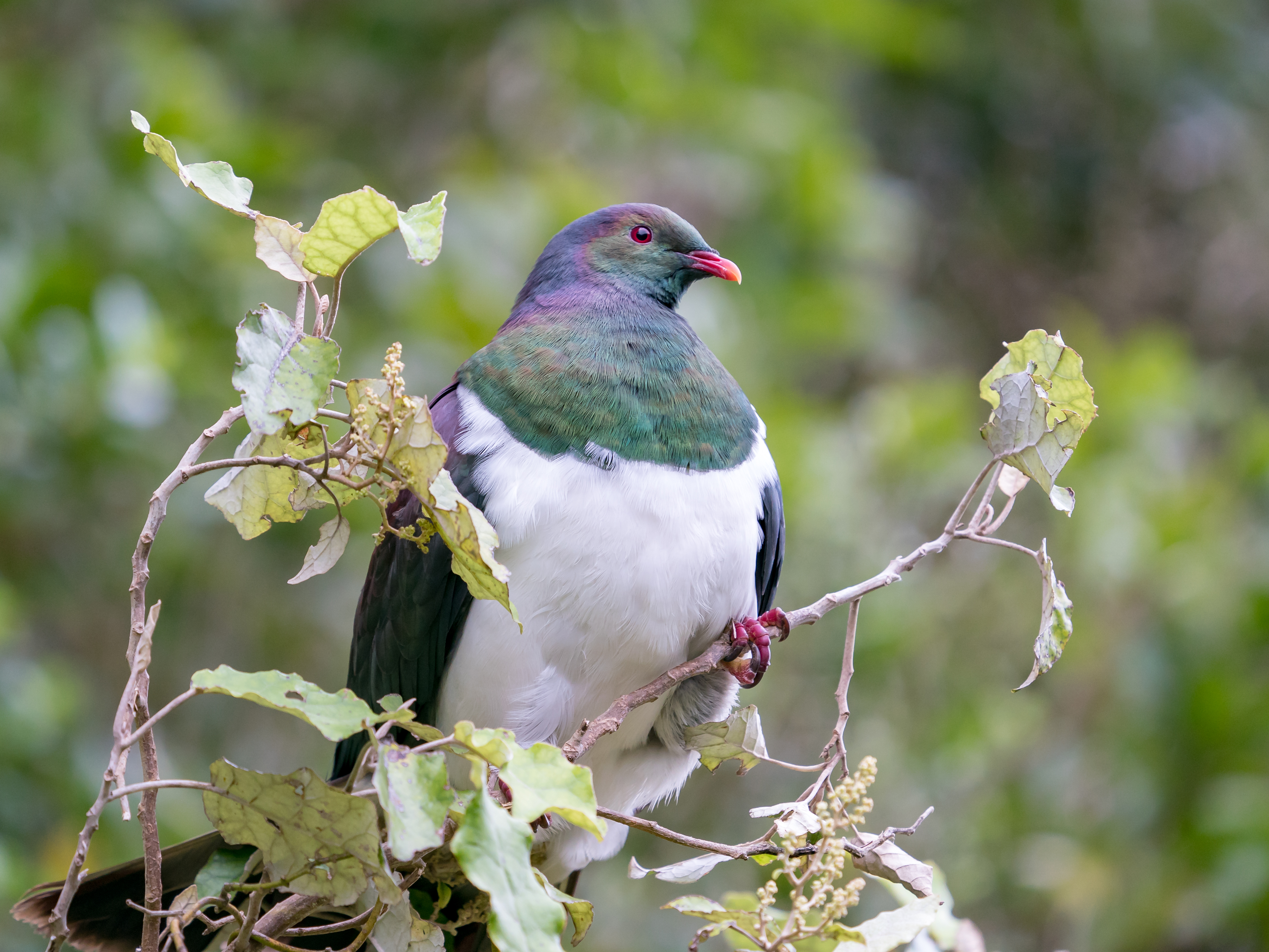
(Note: The remaining sections of the blog post are not included in this response.)
Common Birds that Make Whistling Sounds
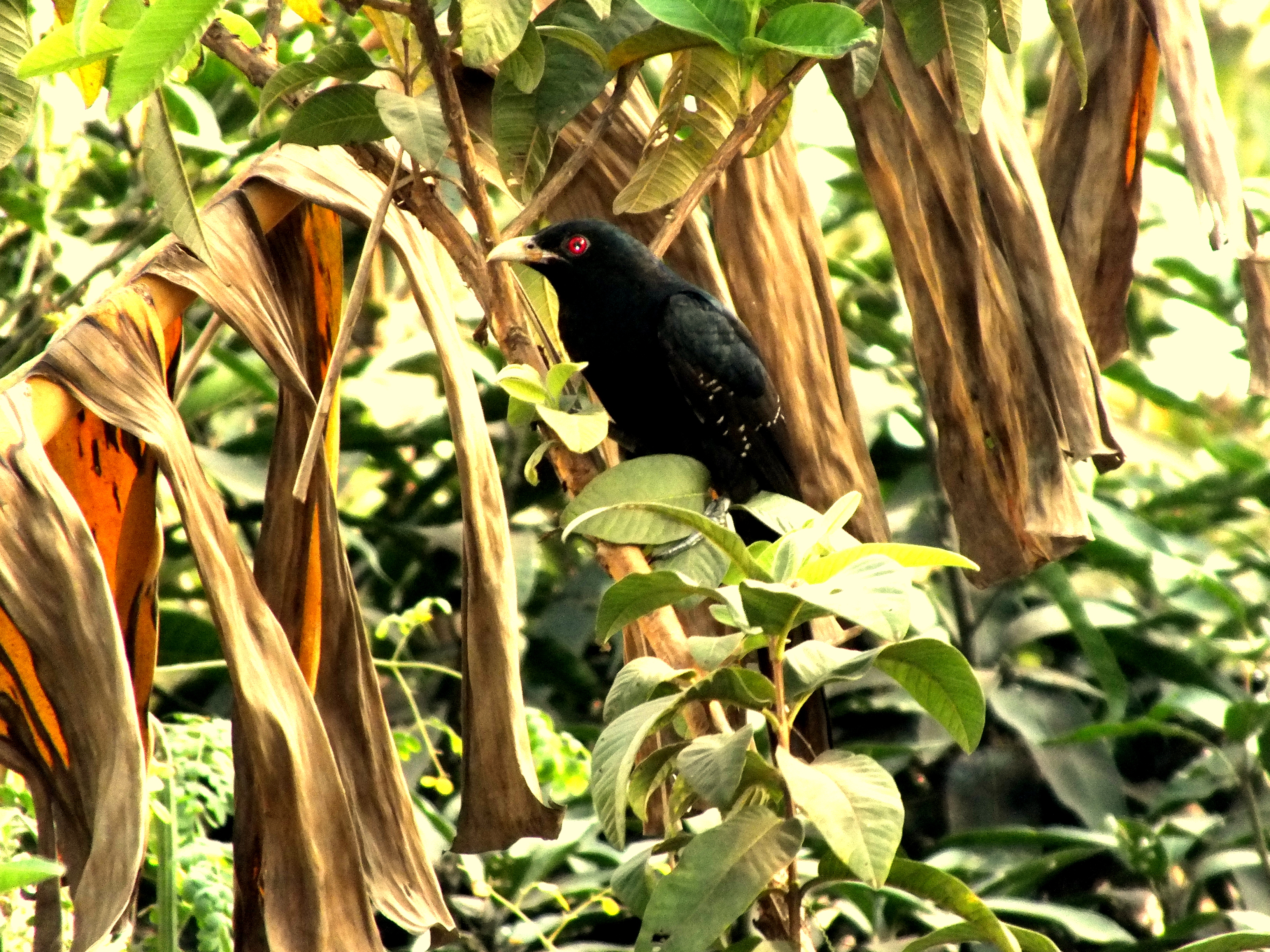
Birds are renowned for their melodious songs, and some species have the ability to produce distinct whistling sounds. In this section, we will explore five common birds known for their whistling abilities.
a. Northern Mockingbird
The Northern Mockingbird (Mimus polyglottos) is a remarkable songbird famous for its exceptional mimicking skills, including the ability to imitate various whistling sounds. It can produce a wide range of melodious whistles resembling the songs of other birds. The Northern Mockingbird’s repertoire adds to its captivating vocal performances.
b. Canyon Wren
The Canyon Wren (Catherpes mexicanus) is native to western regions of North America, particularly rocky canyons and cliffs. It is known for its distinctive cascading song that includes clear, high-pitched whistling notes. Listeners describe the whistling sound as sweet and musical, adding enchantment to the rugged landscapes it calls home.
c. Eastern Wood-Pewee
The Eastern Wood-Pewee (Contopus virens) can be found in wooded areas across eastern North America. It is recognized for its distinctive “pee-a-wee” song, which includes a clear, descending whistle. The whistling sound is repeated in a series and is frequently heard during the summer months. The Eastern Wood-Pewee’s hauntingly beautiful whistles contribute to the serene ambiance of eastern forests.
d. Eastern Screech Owl
The Eastern Screech Owl (Megascops asio) is a common resident of wooded areas in the eastern and central parts of North America. This nocturnal species emits a variety of vocalizations, including a whistling sound resembling a horse’s whinny. The whistling call is often used during courtship or territorial displays, primarily at night. The Eastern Screech Owl’s mysterious whistles add an ethereal quality to the nighttime symphony of the forest.
e. White-Throated Sparrow
The White-Throated Sparrow (Zonotrichia albicollis) can be found in diverse habitats across North America, including forests, gardens, and shrublands. It is recognized for its clear, whistling song, often described as “Oh sweet Canada, Canada, Canada.” The distinct whistles of the White-Throated Sparrow create a charming and familiar melody.
These common birds exemplify the diverse array of whistling sounds produced in the avian world. From the Northern Mockingbird’s impressive mimicry to the White-Throated Sparrow’s recognizable tune, these species showcase the beauty and complexity of bird vocalizations. In the following sections, we will explore rare birds that also possess the ability to produce captivating whistling sounds.
3. Rare Birds with Enchanting Whistling Songs
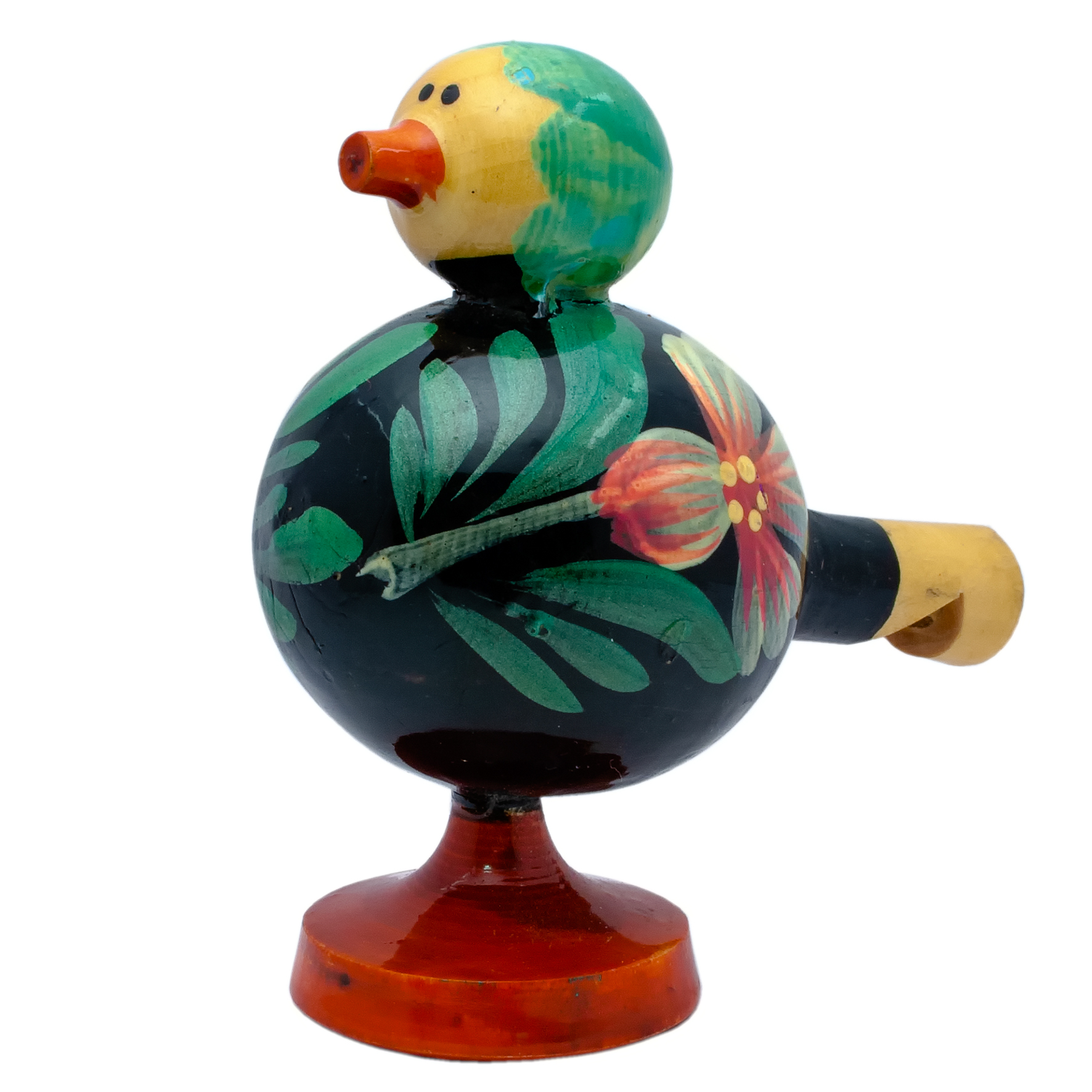
a. Black-Throated Gray Warbler
The Black-Throated Gray Warbler (Setophaga nigrescens) is a striking native North American bird primarily found in western parts of the United States and Mexico. With its black throat and gray plumage, this bird stands out in its habitat. The male Black-Throated Gray Warbler produces a melodious whistling song, described as a series of ascending notes. This captivating song serves multiple purposes, including territorial defense and attracting mates during the breeding season. You can listen to the Black-Throated Gray Warbler’s enchanting melody in various habitats, such as coniferous forests, woodlands, and scrubby areas.
b. American Redstart
Another rare bird with a distinctive whistling sound is the American Redstart (Setophaga ruticilla), native to North America and found in both the United States and Canada. The American Redstart displays striking black and orange plumage, with vibrant orange patches on the wings and tail of males. Its high, thin, whistling song consists of short, musical notes used for courtship and establishing territory boundaries. Keep an ear out for the American Redstart’s enchanting whistle in deciduous and mixed forests, often near water sources.
c. Yellow-Throated Warbler
The Yellow-Throated Warbler (Setophaga dominica) is a beautiful bird primarily found in the southeastern parts of the United States. Recognizable by its bright yellow throat and upper breast contrasting with grayish wings and back, the male Yellow-Throated Warbler produces a clear, whistling song of varying pitch and complexity. This captivating song serves the purposes of attracting mates and defending territory. Look for the Yellow-Throated Warbler’s enchanting whistle in forests and woodlands.
d. Warbling Vireo
The Warbling Vireo (Vireo gilvus) is a melodious rare bird native to North America, found in various regions across the continent. With its plain appearance of olive-green upperparts and white underparts, the Warbling Vireo’s whistling song stands out. The song is characterized by a series of rich and varied notes, creating a pleasant and complex melody often described as cheerful and soothing. You can encounter the Warbling Vireo’s delightful melody in forests, woodlands, and riparian areas.
e. Hermit Thrush
The Hermit Thrush (Catharus guttatus) is a distinctive bird known for its ethereal whistling song. Native to North America, it can be found in various parts of the continent, particularly in forests and woodlands. Sporting a reddish-brown back and a white breast with dark spots, the Hermit Thrush’s whistling song is hauntingly beautiful, consisting of a series of clear, flute-like notes. The melancholic and serene quality of its song adds to its allure. The Hermit Thrush uses its whistling song for territorial defense and attracting mates.
These rare birds with their enchanting whistling songs add beauty and intrigue to the avian world. Their unique melodies and striking appearances make them a delight for birdwatchers and nature enthusiasts alike. Observing and listening to these birds can provide a rewarding and memorable experience in the natural world.
4. Exploring Other Captivating Bird Vocalizations

Birds produce a fascinating array of sounds, and while whistling is a common vocalization, there are other distinct sounds worth exploring. Let’s delve into some of these intriguing bird vocalizations:
a. Chirping
Chirping is a ubiquitous sound emitted by numerous bird species. It is characterized by short, high-pitched, and repetitive notes. Birds employ chirping as a means of communication, attracting mates, and establishing territory. The delightful chirps of sparrows, finches, warblers, and canaries fill the air with melodic tunes, creating a symphony of nature.
b. Trilling
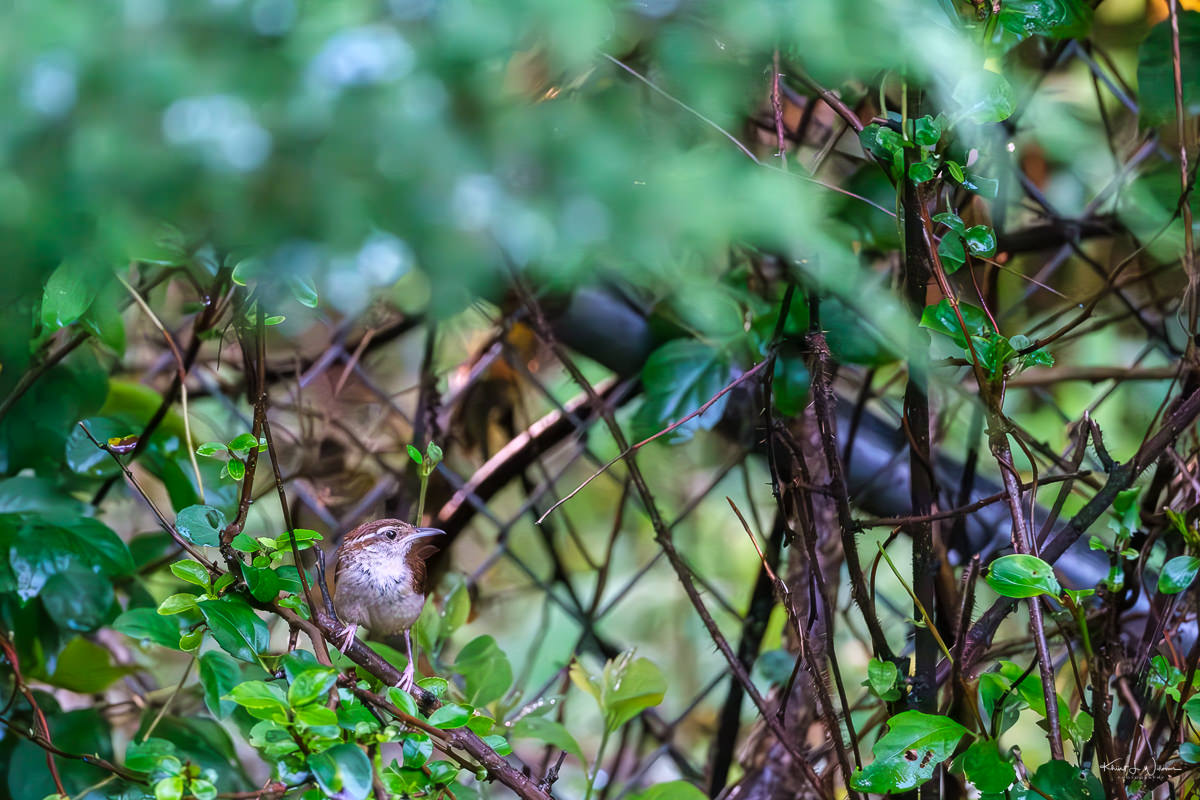
Trilling is a melodious and musical sound produced by certain bird species. It is distinguished by a rapid and fluctuating succession of notes, often longer and more complex than chirps. Many songbirds are renowned for their trilling vocalizations, including thrushes, wrens, and mockingbirds. Their captivating trills add an enchanting dimension to the natural symphony.
c. Peenting
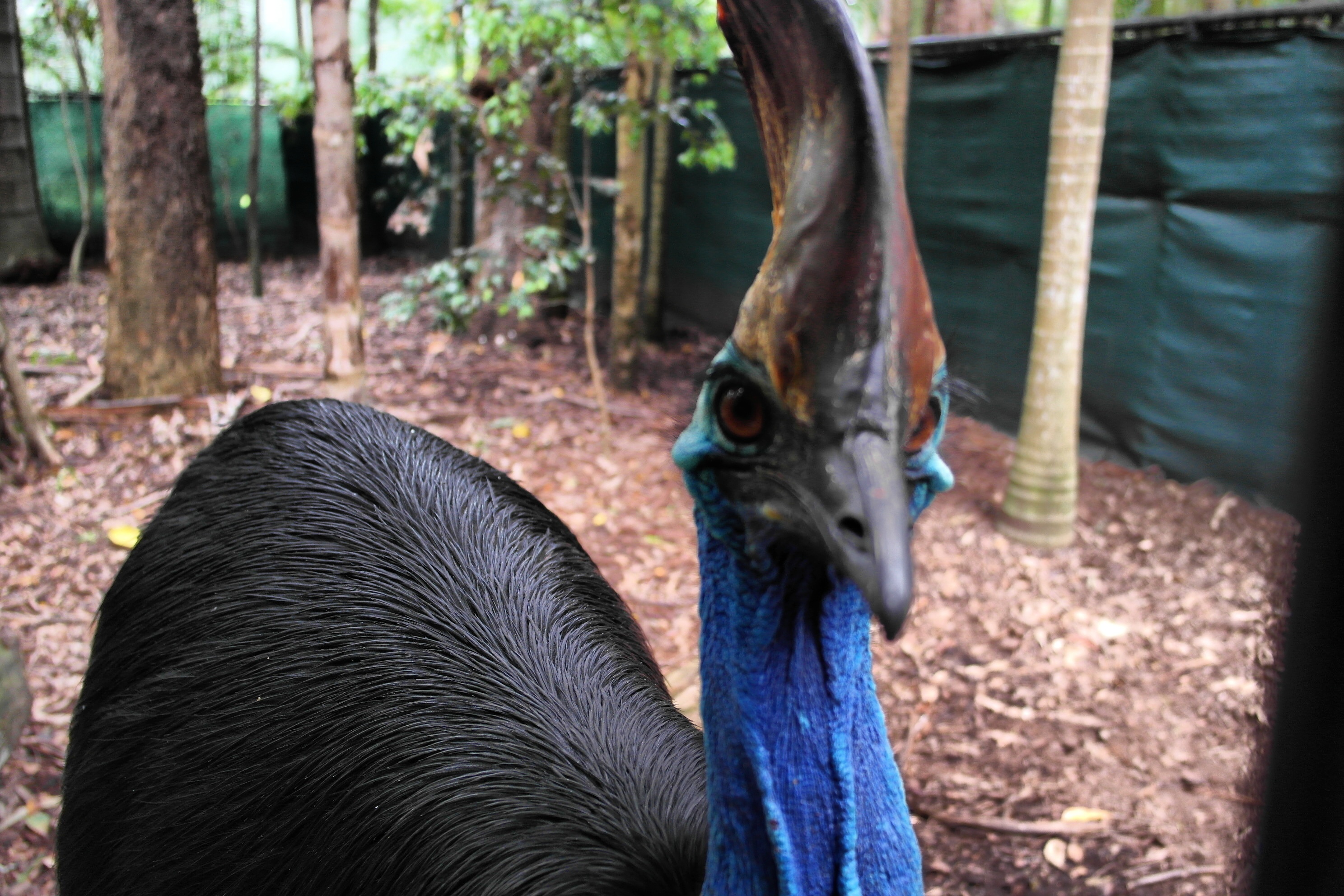
Peenting is a unique vocalization exhibited during the courtship displays of male woodcocks. It is a high-pitched, whistling sound that forms an integral part of their elaborate mating ritual. The peenting sound is generated by the air passing through specialized wing feathers of the woodcock. This distinctive vocalization is often followed by breathtaking aerial acrobatics and a twittering flight display, creating a mesmerizing spectacle.
d. Quacking
While quacking may not be commonly associated with whistling sounds, some ducks, particularly mallards, have the ability to produce whistle-like vocalizations. These quacking sounds can occasionally resemble a whistle or possess a high-pitched quality. Witnessing how these waterfowl adapt their vocal repertoire to include unexpected and whistle-like calls adds to the wonder of avian vocal diversity.
By exploring the various whistling sounds made by birds, including chirping, trilling, peenting, and even quacking, we gain a deeper appreciation for the incredible diversity of avian vocalizations.
Continue to Section 5: How to Identify Whistling Birds
How to Identify Whistling Birds
Whistling birds have unique vocalizations that vary in pitch, duration, and complexity. To identify these avian creatures, employ attentive listening, visual observation, and thorough research. Enhance your ability to recognize and appreciate the diverse world of whistling birds with these steps.
Listen Carefully
Begin your identification journey by attentively listening to the whistling sounds produced by the birds. Note the quality, rhythm, and direction of the whistling, as different bird species exhibit unique patterns. Training your ears to discern these variations will aid in identifying specific bird species.
Look for Visual Clues
Observing the physical characteristics of birds provides valuable clues for identification. Consider factors such as size, color, and shape, which can vary among different species. Look for distinctive features like crests, plumage patterns, or beak shapes associated with whistling birds. Also, take note of their behavior, such as perching high in trees or open areas, as certain whistling bird species exhibit these tendencies.
Research the Species
Delve deeper into the identification process by consulting field guides, birding websites, or mobile applications that provide comprehensive information and images of birds. Specifically search for bird species known for their whistling calls or songs. Pay attention to range maps and distribution information to determine if a particular whistling bird species is commonly found in your area. Seek guidance from experienced birders or ornithologists for valuable insights and assistance in identifying whistling birds.
By combining careful listening, visual observation, and thorough research, develop a greater understanding and appreciation for the unique world of whistling birds. Enjoy the rewarding experience of identifying these remarkable creatures and discovering the beauty they bring to the avian realm.
Conclusion


Throughout this article, we have explored the fascinating world of whistling sounds produced by birds. We have delved into both common and rare bird species known for their distinctive whistles, and we have discovered the various techniques and mechanisms employed by birds to create these enchanting vocalizations.
In summary, whistling sounds in birds serve several purposes, including communication, territorial defense, courtship, and identification. The Northern Mockingbird, Canyon Wren, Eastern Wood-Pewee, Eastern Screech Owl, and White-Throated Sparrow are just a few examples of birds that produce captivating whistling calls. Additionally, rare species such as the Black-Throated Gray Warbler, American Redstart, Yellow-Throated Warbler, Warbling Vireo, and Hermit Thrush showcase the diversity of whistling sounds in the avian world.
The source of these melodious whistles lies in the birds’ syrinx, a specialized vocal organ situated at the base of their trachea. By modulating airflow, exerting muscular control, and manipulating resonating chambers, birds create unique variations in pitch, duration, and pattern, resulting in a symphony of whistling calls.
Beyond their functional purposes, whistling bird calls contribute to the beauty and ambiance of natural environments. Their melodic qualities enhance our appreciation of nature, enriching the soundscape with their enchanting tunes. Moreover, these whistles have found cultural significance in various traditions, folklore, and music, further illustrating the profound impact of birds’ vocalizations on human culture.
As we conclude this exploration, we encourage you to embark on your own adventure of discovery. Take time to listen carefully to your local habitats, as you may encounter the delightful whistling calls of birds. Immerse yourself in the symphony of nature, appreciating the diversity and beauty of these avian melodies. By observing and appreciating the whistling sounds of birds, we deepen our connection with the natural world and cultivate a profound sense of wonder and awe.
Resources
For further information on whistling bird calls and bird identification, please refer to the following resources:
Happy birding!
Resources
In this section, we provide valuable resources and tools to explore the world of birds that make whistling sounds. Whether you’re a novice or seasoned enthusiast, these resources will deepen your understanding and identification skills.
Online Birding Guides
To expand your knowledge of bird species and their vocalizations, explore reputable online birding guides:
-
All About Birds: A comprehensive website by the Cornell Lab of Ornithology, offering information, bird songs, and detailed species profiles.
-
eBird: A popular platform by the Cornell Lab of Ornithology and National Audubon Society, allowing you to record sightings, access audio recordings, and explore species distribution maps.
Mobile Apps

Harness the power of technology with bird identification and sound recognition apps:
-
Merlin Bird ID: Developed by the Cornell Lab of Ornithology, it uses AI to identify birds based on descriptions or audio recordings.
-
Audubon Bird Guide: A comprehensive field guide with information, photos, and audio recordings of North American bird species.
Birding Organizations
Reputable birding organizations offer educational materials, workshops, and community engagement opportunities:
-
National Audubon Society: Dedicated to bird conservation, providing resources for identification, gardening, and local events.
-
Cornell Lab of Ornithology: Known for scientific research, offering online courses, citizen science programs, and bird identification tools.
Books and Field Guides
![]()
Delve into the world of birds offline with authoritative books and field guides:
-
“The Sibley Guide to Birds” by David Allen Sibley: A comprehensive guide with illustrations, range maps, and species descriptions.
-
“Peterson Field Guide to Birds of North America” by Roger Tory Peterson: A classic field guide with essential information on North American bird species, including vocalizations.
-
“The Crossley ID Guide: Eastern Birds” by Richard Crossley: A visually stunning guide using lifelike illustrations to identify birds in their natural habitats.
Online Communities
Join online communities and forums dedicated to birdwatching and identification:
-
BirdForum: A vibrant community connecting birdwatchers worldwide to share sightings, seek identification help, and discuss bird-related topics.
-
Reddit – r/birding: A subreddit for birdwatchers to share experiences, ask questions, and engage in conversations about identification, behavior, and conservation.
By utilizing these resources, you can expand your knowledge, sharpen your identification skills, and deepen your appreciation for the diverse world of whistling birds. Happy birdwatching!
Conclusion
Whistling sounds are a fascinating aspect of avian vocalizations. From common birds like the Northern Mockingbird to rare species like the Black-Throated Gray Warbler, birds produce a variety of captivating whistles.
Identifying whistling birds requires careful listening, observation of visual clues, and research on specific species. Hone these skills and utilize the resources mentioned in this article to embark on an exciting journey of birdwatching and expand your understanding of these remarkable creatures.
Respect and appreciate birds in their natural habitats, and consider contributing to citizen science projects or local conservation efforts to protect these beautiful creatures for future generations.
Happy birdwatching, and may the melodious whistles of birds bring joy and inspiration to your outdoor adventures!
Frequently Asked Questions
1. What bird makes a whistling sound?
The Northern Mockingbird is a bird species known for its exceptional ability to produce various whistling sounds. It can mimic the songs of other birds and create a wide range of melodious whistles.
2. How do birds make whistling sounds?
Birds produce whistling sounds using their specialized vocal organ called the syrinx. By controlling the airflow and manipulating the muscles and resonating chambers in the syrinx, birds create unique variations in pitch, duration, and pattern, resulting in whistling calls.
3. Why do birds make whistling sounds?
Birds make whistling sounds for various purposes. Whistling calls serve as a means of communication, attracting mates, establishing territory, and defending against intruders. Male birds often use whistling sounds to attract potential mates during the breeding season.
4. Can you identify birds by their whistling sounds?
Yes, it is possible to identify birds by their whistling sounds. Each bird species has its unique whistling pattern, pitch, and rhythm. By carefully listening to the characteristics of the whistling sound and observing visual clues, such as the bird’s size and appearance, it is possible to identify specific bird species.
5. Are there rare birds that make whistling sounds?
Yes, there are rare bird species that produce enchanting whistling sounds. Examples include the Black-Throated Gray Warbler, American Redstart, Yellow-Throated Warbler, Warbling Vireo, and Hermit Thrush. These birds exhibit distinct whistling songs that contribute to the diversity and beauty of avian vocalizations.

Leave a Reply